
by Mark Molloy
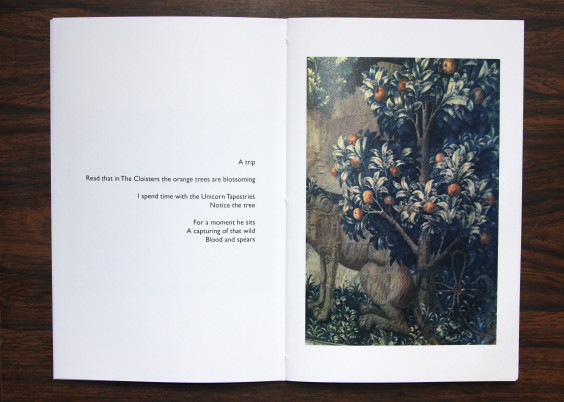
Claudia Peña Salinas is a mixed media artist whose work includes sculpture, painting, photography, and installation. From Mexico but currently living in New York City, she received her BFA from the School of the Art Institute of Chicago in 1999. Here she discusses some of her installation pieces, use of architectural space, self-published books, and fond memories of trips to the Art Institute.
Alessandra Stamper: How did you get your start as an artist and how have the various mediums you work in—painting, sculpture, photography—become part of your practice?
Claudia Peña Salinas: Growing up I used to spend a lot of time alone in nature observing the things around me, constantly scanning my environment and taking mental notes of its contents. Ant colonies, pools of tadpoles, river rocks and tarantula holes fascinated me. The tendency to collect and arrange was not yet as strong, and I did not draw or paint either, therefore I can say that my creative outlet consisted mostly of unstructured days of play and day dreaming.
I got my formal art training at the School of the Art Institute of Chicago. There I concentrated mostly on painting with a few fiber and ceramics classes. What was great about this school was its proximity to the art museum. I would visit at least once everyday and, just like when I was young, I would wander around.
In the last years, through my Installation work, my practice became more fluid. I now switch between sculpture, painting, photography, books, and video, based on the project.
Often I work on a subject or theme in various mediums, as is the case with the project Tlaloc. I have made photographs, sculptures and now a video around this Aztec water deity.
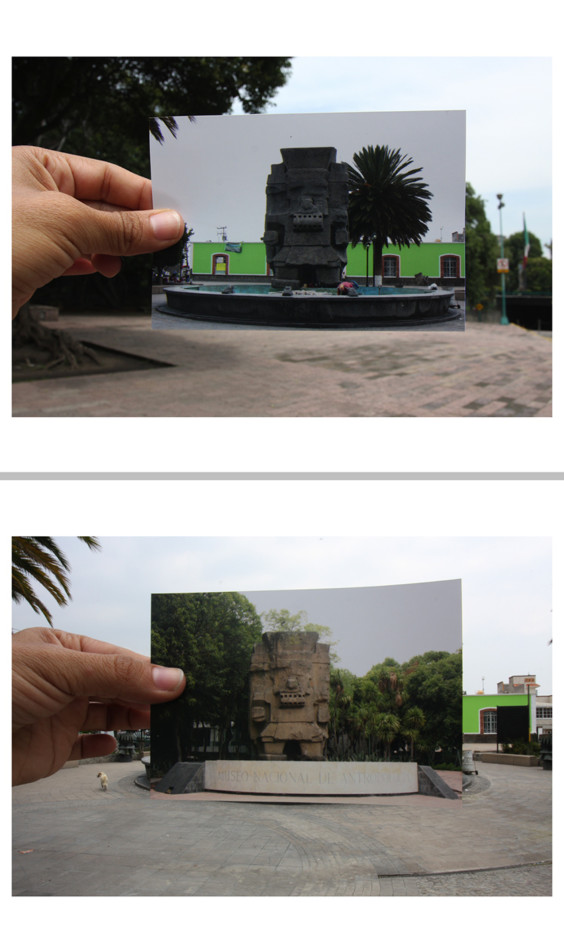
AS: How have your trips to Mexico City and to your hometown of Nuevo León influenced your artwork, if at all? I am also curious about your experience with American culture, as I know you have lived in Chicago and New York. Have your stays in the Midwest and the East Coast influenced your art in different ways?
CPS: One of the biggest influences my work has had in the last years has been Mexico. I spent about ten years away and finally returned through a residency at SOMA, an art space in Mexico City. Before, I had been following the Mexican contemporary art scene through Poliester, a magazine published out of this city. The residency allowed me to meet some of the artists I had been looking at and to become familiar with the city’s numerous cultural institutions.
Since then I have been returning in the summers, dividing my time between Mexico City and the area where I grew up. On these trips I collect material as diverse as river stones, matchboxes, wooden animals, and oranges that later make their way into my work.
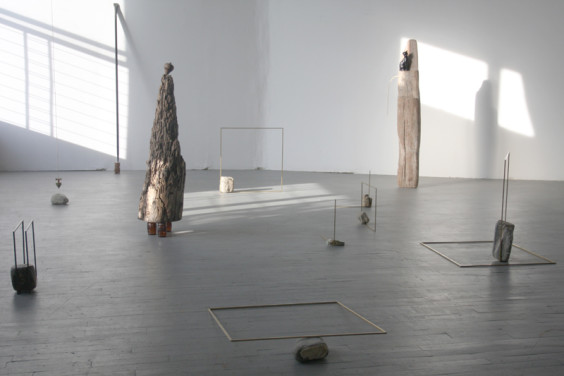
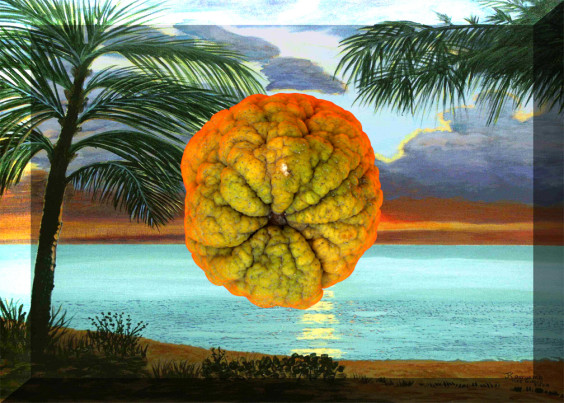
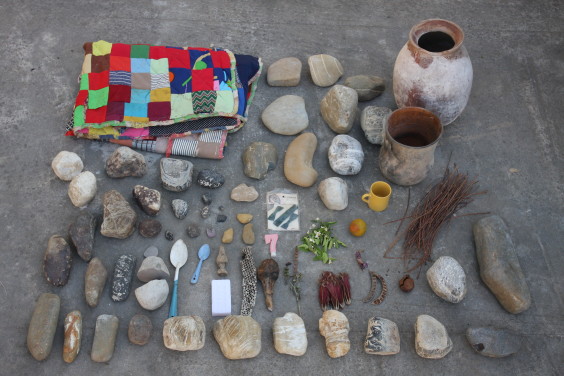
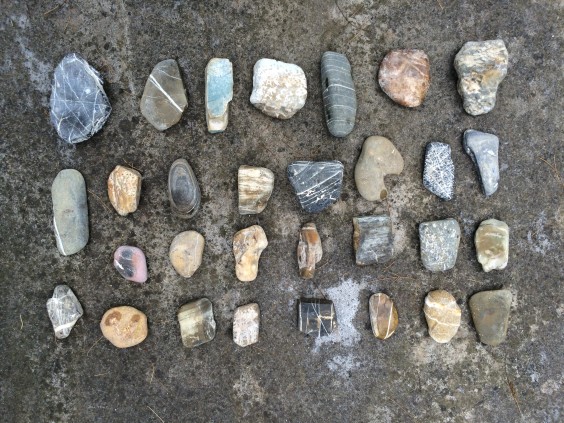
AS: I’m interested in your use of architectural space, and I’m wondering if you could speak to how this interest emerged and what role you see it playing in your work?
CPS: Architecture has always been an important element in my work. In the beginning I wanted to be an architect but after taking a drafting class I realized it was too restrictive as a mode of working.
I grew up in a very flat landscape with very few architectural elements. Those in existence were of a very minimalist nature—cinderblock constructions. I have always been drawn to these structures for their formal economy.
At first I was exploring this space in paintings, but later in the Installations I began working directly with the space. I became more interested in the viewers’ physical relation to the work.
Early Installations such as Pierrot and Green Makes Green employed scents and light to created a multi-sensory relation.
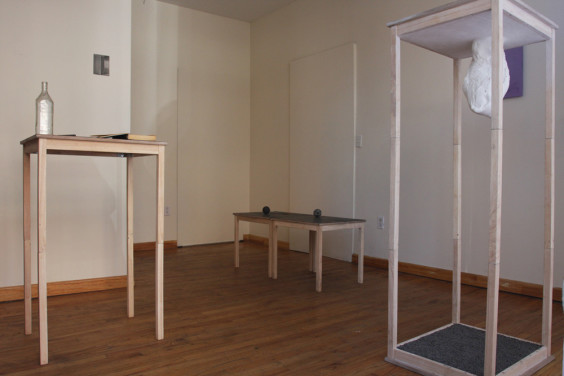
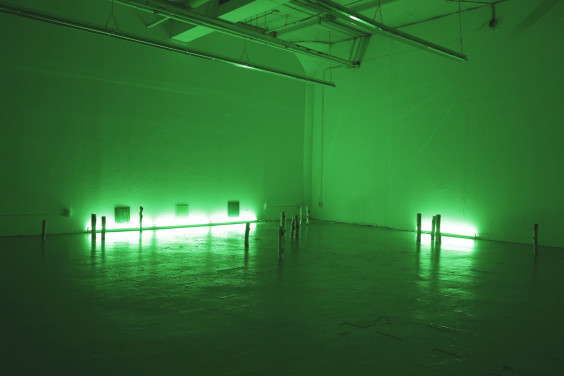

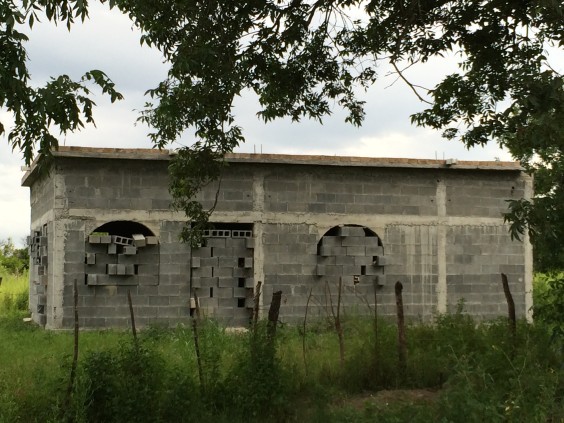
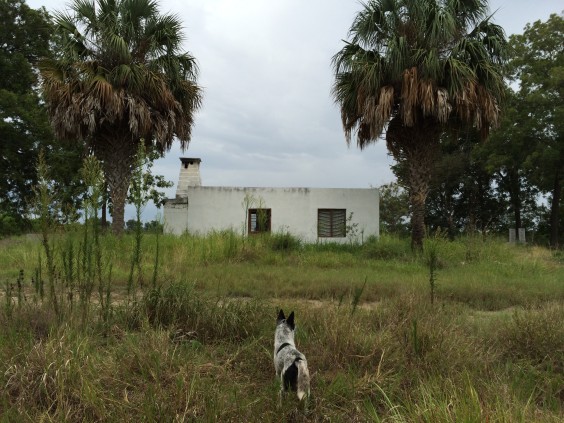
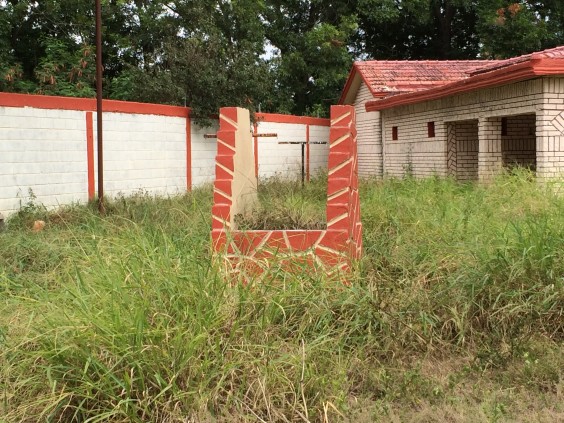
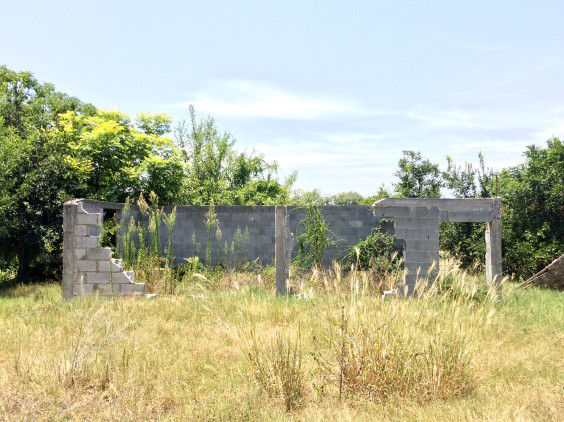
AS: You have numerous self-published books and publications. Do you find that these publications are an integral part of your work as an artist? How do you think about the viewer when making art or working on a book project?
CPS: I was living in Berlin sharing an apartment with Denise Schatz, who runs Miniature Garden, a self-publishing press. At that time I became interested in making a book as a follow-up to Cereal, the last project I had done in New York, where people were invited to eat cereal and mail the post card to me in Berlin that I had included in each cereal box. They were to draw on the back and I in turn would mail back a gift. I was spending a lot of time rummaging through flea markets looking through photographs and old books. Bärlein came out of this. Only four people mailed me back the post card so the first book edition was of only four.
For Anaranja, a show at Forever and Today, I made an accompanying book for the Installation that consisted of text and photographs of my walks through Chinatown, the site of the exhibition.
It was a way to make the process more accessible to the viewer and to offer something they could take with them, and in this way extend part of that project beyond the exhibition space/ time.
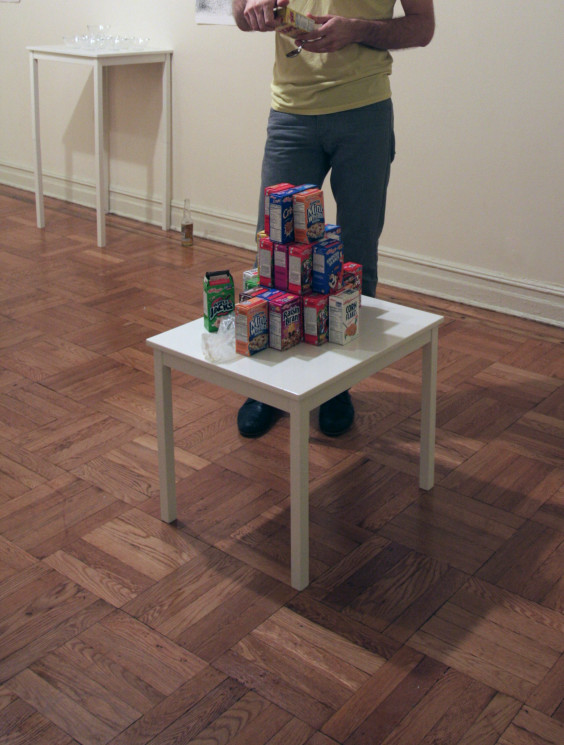
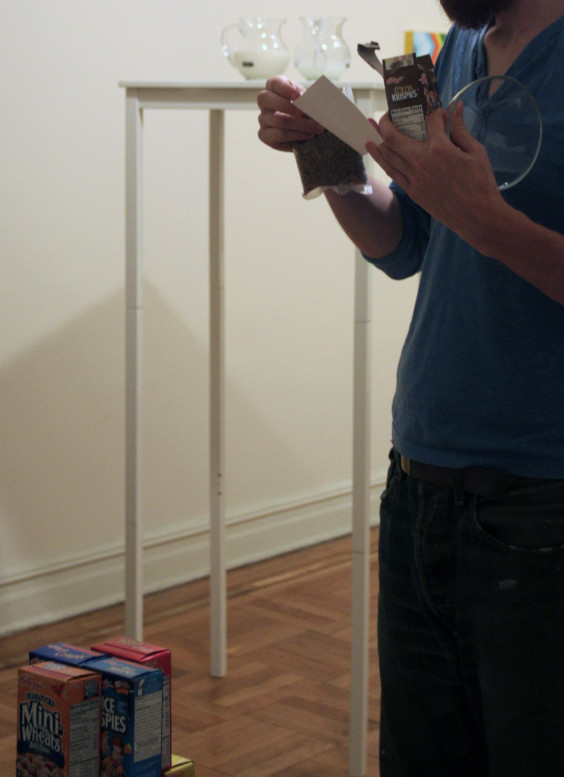
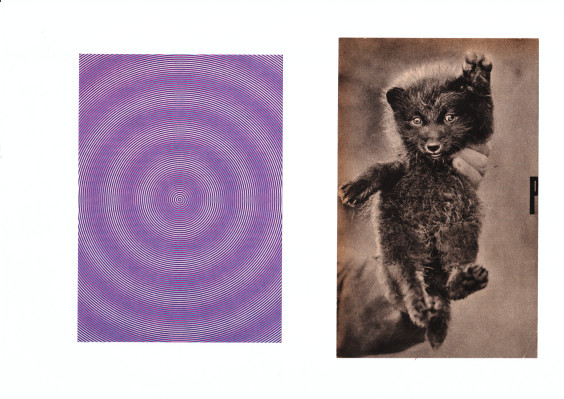
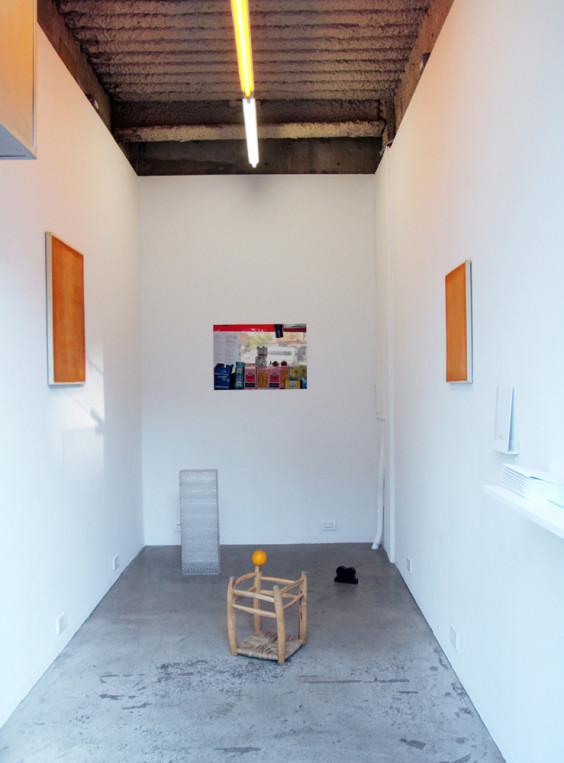


This interview took place via e-mail in November of 2015.
Claudia Peña Salinas was born in Montemorelos, Nuevo Leon, Mexico, and lives and works in New York. She received her MFA from Hunter College, New York (2009) and has received awards including the Jacob K. Javits Fellowship (2007). Her recent solo exhibitions include Birdie, GoldRush Fine Art, Skowhegan, ME (2012); Anaranja, Forever & Today, New York (2012) and The Fool and The Fishes, Heliopolis, Brooklyn (2011). Recent group exhibitions include Primera Bienal Nacional del Paisaje, Museo de Arte Carrillo Gil, Mexico City, Mexico (Traveling 2015) and Museo de Arte de Sonora, Sonora, Mexico (2014); October 18, 1977, Gasser Grunert Gallery, New York (2013); Porcher, Helper, Brooklyn, NY (2013); Can’t Stop Rock Lobster, Shoot The Lobster, NY (2012); Queens International: Three Points Make a Triangle, Queens Museum of Art, Queens, NY (2012); as well as performances such as BAWI, Swiss Institute at The Armory Show, New York (2006), residencies including SOMA, Mexico City, Mexico (2011) and many self-published artist books.
Alessandra Stamper received her MA at the University of Chicago where she studied Film and Art History. Her thesis explored the interplay of the gaze of the artist, the artist’s subject, and the camera. She currently lives in South Bend, IN and has worked as an Intern for MAKE Literary Magazine.















click to see who
MAKE Magazine Publisher MAKE Literary Productions Managing Editor Chamandeep Bains Assistant Managing Editor and Web Editor Kenneth Guay Fiction Editor Kamilah Foreman Nonfiction Editor Jessica Anne Poetry Editor Joel Craig Intercambio Poetry Editor Daniel Borzutzky Intercambio Prose Editor Brenda Lozano Latin American Art Portfolio Editor Alejandro Almanza Pereda Reviews Editor Mark Molloy Portfolio Art Editor Sarah Kramer Creative Director Joshua Hauth, Hauthwares Webmaster Johnathan Crawford Proofreader/Copy Editor Sarah Kramer Associate Fiction Editors LC Fiore, Jim Kourlas, Kerstin Schaars Contributing Editors Kyle Beachy, Steffi Drewes, Katie Geha, Kathleen Rooney Social Media Coordinator Jennifer De Poorter
MAKE Literary Productions, NFP Co-directors, Sarah Dodson and Joel Craig